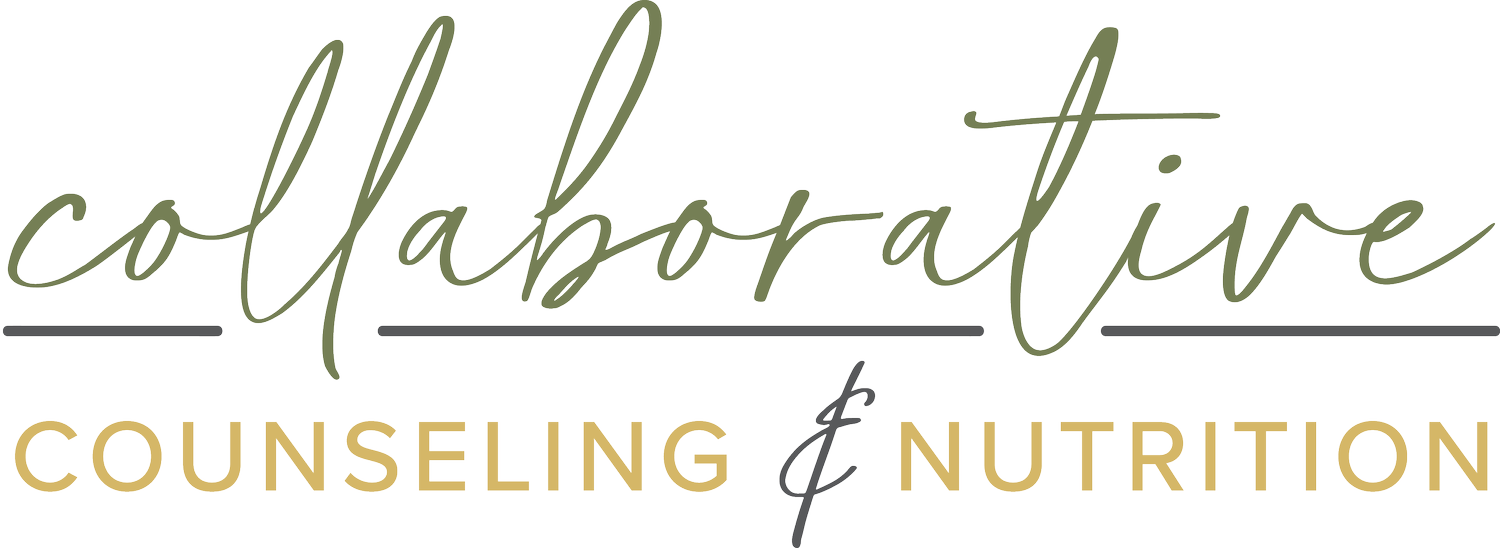Ask the Team: What if I Can’t Afford my Meal Plan?
It’s time for another edition of Ask the Team! Today, Allison Tucket, RD is answering the question: what if I can’t afford my meal plan? Eating disorder treatment and care are not cheap. Cost is a significant barrier to treatment for some, so what do you do when you need to nourish your body, but can’t afford it? Tell us more, Allison!
What if I Can’t Afford my Meal Plan?
For many people recovering from eating disorders, meal plans offer structure, balance, and a pathway toward physical and emotional healing. But the reality is not everyone can easily afford their meal plan.
Food insecurity is a real issue affecting many people. Factors like income, access to affordable food options, and the high cost of living significantly influence someone’s ability to meet nutritional needs in recovery.
Oftentimes, “wellness” culture can add even more stress. Wellness influencers promote organic, specialty, or “clean” foods that appeal to those with eating disorders (especially for individuals whose ED stems from an obsession with “healthy” eating). These items are usually expensive and add little real value in terms of recovery or overall health (and at their core, are just more processed products..!). Worse, pressure to buy into these trends can lead to feelings of guilt, while the stigma against processed foods adds another layer of shame for people working to embrace balanced eating.
Should I eat whole foods or processed foods?
Whole foods are beneficial but not always accessible for those on a tight budget. Fortunately, shelf-stable foods and certain processed options offer reliable, nutritionally dense alternatives.
Many processed foods have unfairly been described as “toxic”. In reality, processed foods like cereals, canned beans, and frozen veggies are usually fortified with essential vitamins and minerals. These foods are a lifeline for many individuals who lack regular access to fresh produce. For instance, a bowl of fortified cereal will provide iron, B vitamins, and fiber – nutrients many people don’t get enough of, especially if they can’t afford to stock up on all fresh items. Cereal is also pretty versatile, fitting easily into multiple meals or snacks and working well with milk and other affordable protein sources.
5 tips for shopping for your meal plan when your budget is tight
Buy Generic or Store Brands: Many off-brand items are nutritionally similar to their name-brand versions. This can include cereals, grains, canned goods, and even meal supplement drinks.
Grab Shelf-Stable Foods: Canned and frozen items are often just as nutritious as fresh foods, and they’re easier to store and use.
Embrace Fortified Foods: Cereal, milk alternatives, and whole-grain breads often contain added vitamins and minerals that help bridge nutrient gaps.
Shop Sales and Use Coupons: Keep an eye on discounts for frequently used items, like grains, pasta, or canned goods. Coupons and store loyalty programs can also help cut costs significantly.
Utilize Cafeteria Options: For students, using meal points at dining halls and cafeterias can help you stay within budget, especially compared to grabbing takeout or getting food delivered.
What if I find it challenging to spend money on myself?
It’s common for eating disorder thoughts to twist finances as a reason to avoid care. This is where ED can get sneaky, using finances as a tool to convince you that “good enough” is fine. But when you’re only partially meeting your body’s needs, you’re also increasing the risk of relapse, as inadequate nutrition can fuel the very patterns and thoughts you’re working to overcome. Full recovery doesn’t mean breaking the bank, but it does mean recognizing that you deserve access to consistent, nourishing foods.
What if I’m still falling short?
Consider using resources like SNAP (Supplemental Nutrition Assistance Program), WIC if you’re eligible, or local food banks (a lot of them offer fresh produce!) Some community centers and nonprofit organizations even host free or low-cost cooking classes where you can pick up budget-friendly meal ideas. Joining a community-supported agriculture (CSA) program or visiting farmer’s markets close to closing can also help you save. This Resource can help you find local food banks and other helpful resources near you.
Moving Forward
The best choices for your recovery are the ones that fit your budget, meet your needs, and provide stability. Processed and shelf-stable foods – fortified or not – can play a major role in that. They make nutritious eating affordable and sustainable, reducing the stress and guilt that wellness culture so often imposes.
Remember, your meal plan is designed to support your health and healing. If cost is becoming a barrier, talk with your CCN dietitian, therapist, or recovery coach. They can help you brainstorm ways to prioritize your nutrition without guilt.
Resources Used:
Karges, Crystal. “Following a Meal Plan when Finances are Tight”. Eating Disorder Hope. Retrieved on October 23, 2024 from: https://www.eatingdisorderhope.com/blog/following-a-meal-plan-when-finances-are-tight
“How to Handle Food Insecurity and an Eating Disorder”. Central Coast Treatment Center. May 10, 2021. Retrieved on October 28, 2024 from: https://www.centralcoasttreatmentcenter.com/blog-1/how-to-handle-food-insecurity-and-an-eating-disorder
Collaborative Counseling & Nutrition is an outpatient nutrition and body image counseling center, with locations in Indianapolis and Carmel, that provides compassionate, holistic eating disorder treatment. Through practicing mindfulness, intuition, and Health At Every Size, we are on a mission to help you find a true state of well-being! We take an anti-diet, weight-inclusive approach with all our clients and work to help guide you towards a way of healthy living designed by you, just for you! This post is for education purposes only and should not be used as a substitute for treatment for an eating disorder. If you are looking for a registered dietitian or therapist to assist you on your recovery journey, please reach out today!


